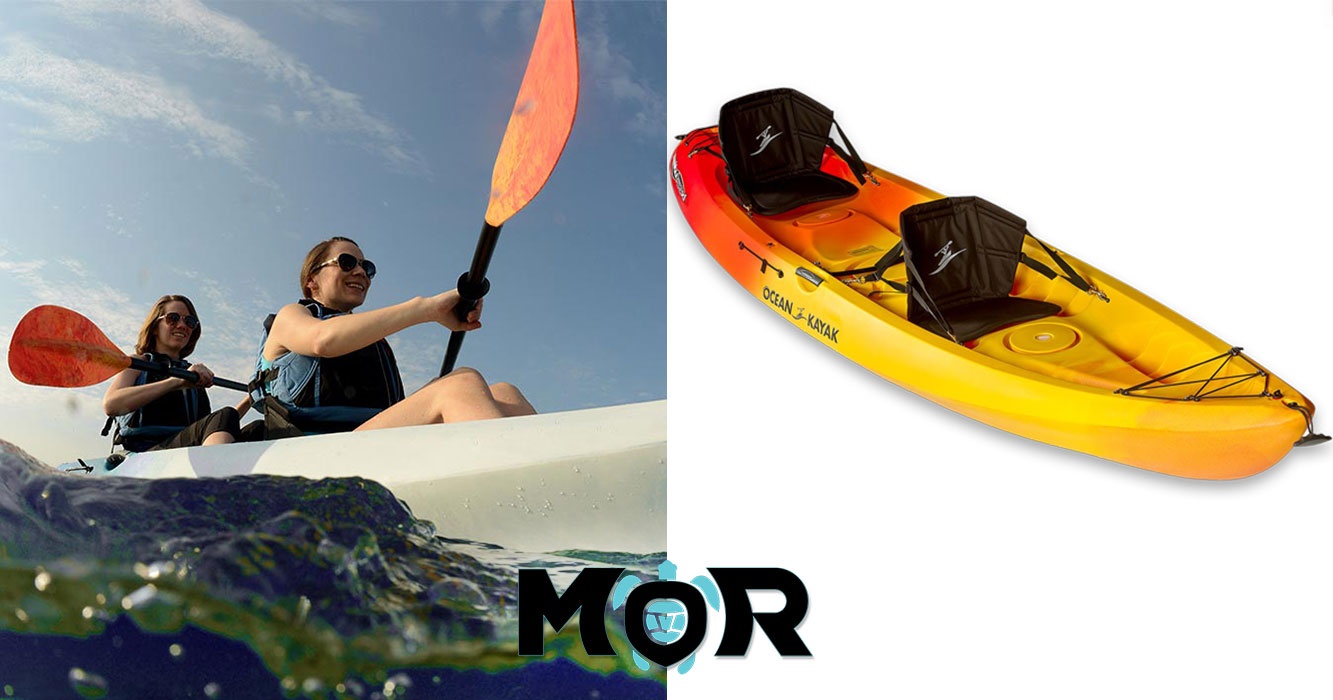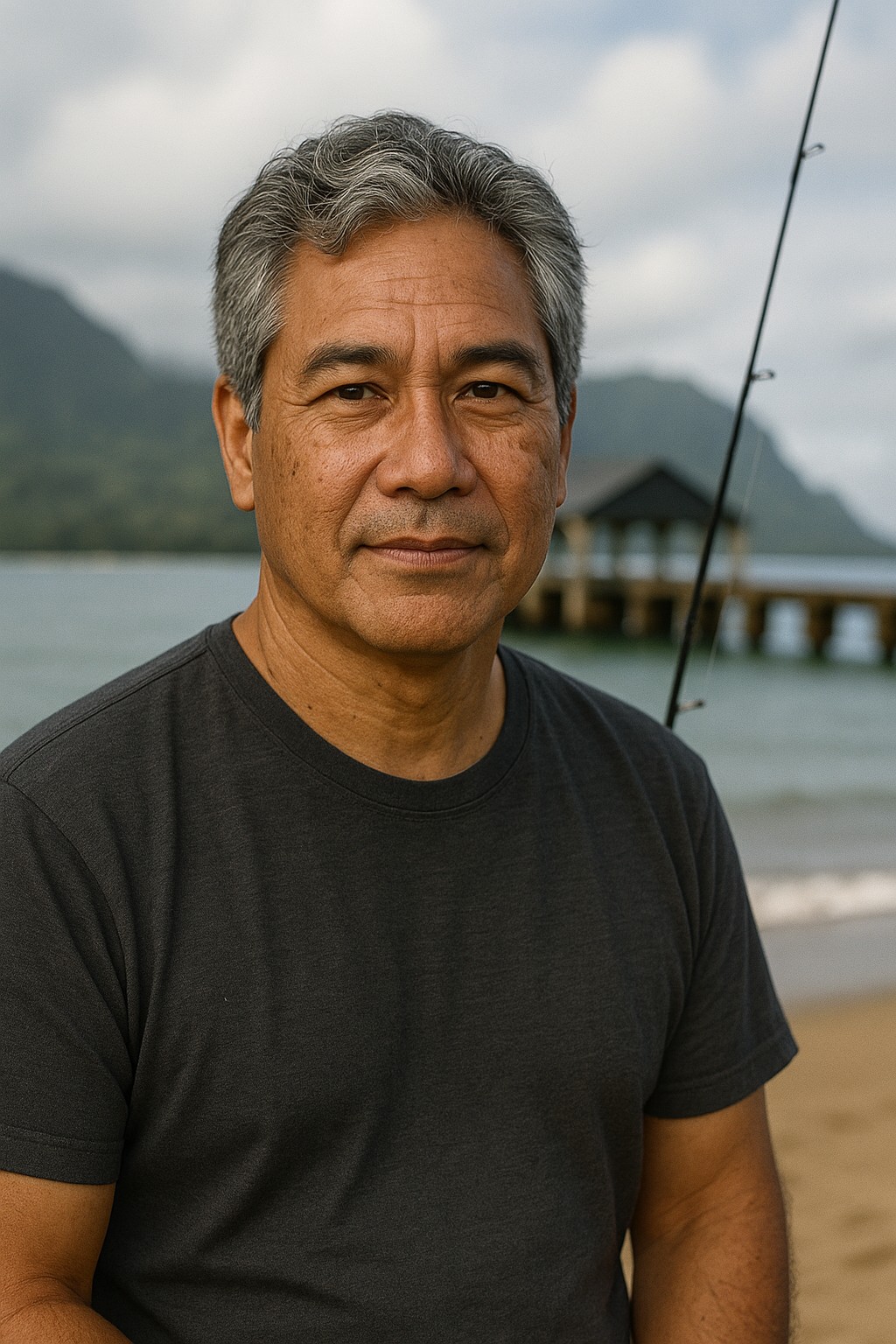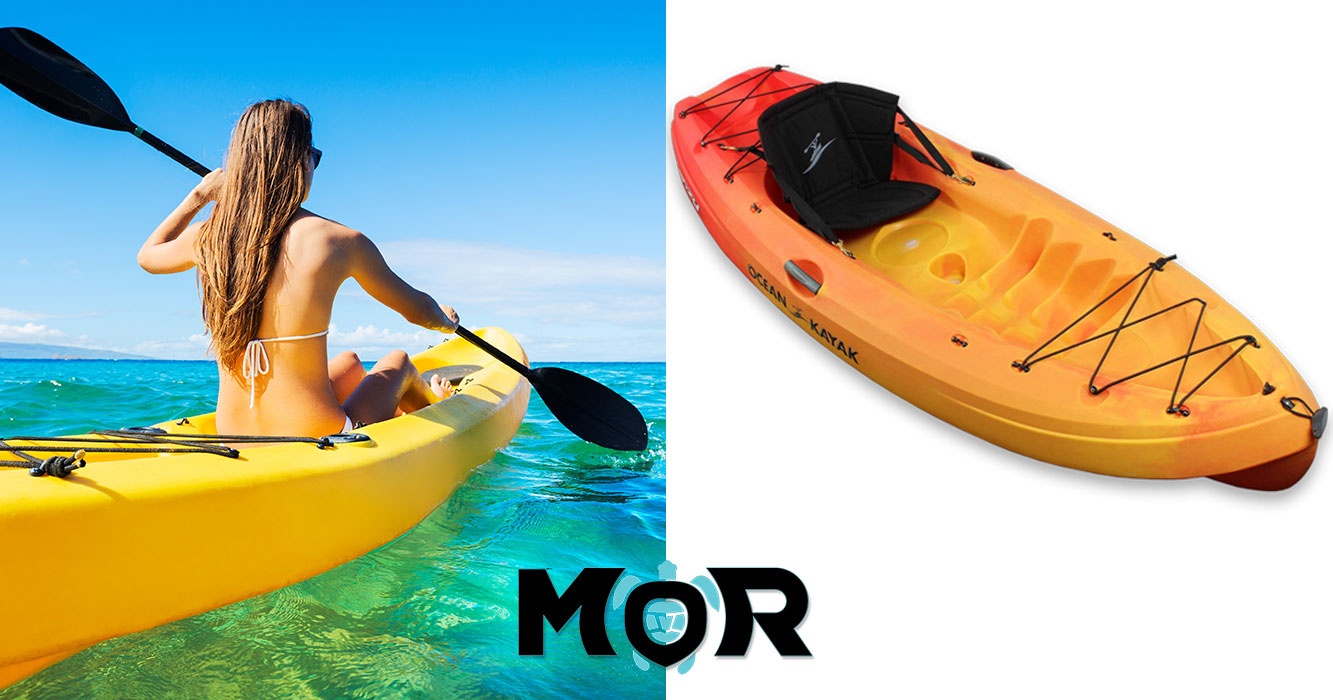
.NqGFVS2I_ZeidDL.webp)
Cultural Mission
Kuleana—The Sacred Responsibility to Share and Preserve Living Culture

Written by a Native Storyteller
Kalani MillerKuleana: The Responsibility to Share a Living Culture
For Tom, creating beautiful objects isn't the end goal—it's the means to something much deeper. His work is driven by kuleana, a uniquely Hawaiian concept that means both responsibility and privilege. He sees himself not as an owner of knowledge, but as a temporary keeper.
"This isn't my knowledge," he says firmly. "This is my kūpuna's (ancestors) knowledge that they gave to me and now my kuleana is to give to those that want to carry it on. That's what's important, passing that tradition on."
This sense of responsibility drives his tireless work as an educator. His classroom goes far beyond the lecture halls of Kapiʻolani Community College, where he developed a "History of Surfing" course. His most powerful teaching happens in hands-on community workshops.
The Workshop as Wahi Pana (A Storied Place)
In these settings, under a guava tree or on a quiet beach, he guides students—many of them local youth—through the entire process of carving a board or lashing a sled. These workshops are much more than craft classes. They're acts of cultural continuation.
By putting tools directly into the hands of the next generation, he's giving them skills, pride, and a real connection to their heritage. Through his non-profit work, his reach has been huge—an estimated 100,000 students.
Cultural Transmission: This is how he makes sure these traditions don't "just waste away in museums rather than live on." He's turning historical artifacts back into living, breathing practices.
A New Model for Tourism: From Commodity to Connection
In modern Hawaiʻi, where tourism drives the economy, Tom's work offers a necessary correction. For decades, many Native Hawaiians have felt that the visitor industry has hurt their cultural values, turning sacred practices into entertainment and putting huge strain on the islands' natural resources.
Tom's approach stands as a powerful alternative, providing a living example of what's now called regenerative tourism. This modern concept focuses on leaving a place better than you found it through respectful engagement and support for local communities.
❌ Traditional Tourism
Sacred practices as entertainment, cultural commodification, strain on natural resources, little benefit to local communities.
✅ Tom's Model
Cultural transmission, respectful learning, community support, authentic participation in living traditions.
Tom has been practicing this his entire life, long before the term became popular. His workshops and cultural exchanges offer visitors a path to Travel Pono—to travel righteously and with respect. He provides a chance to understand that surfing, for Hawaiians, is "not just a pastime or sport... It is tied to their culture."
Transmission, Not Transaction: The experience he offers is one of transmission, not transaction. To spend an afternoon with Tom is to participate in a living tradition, to learn about the relationship between people and ʻāina, and to contribute to its continuation.
Rewriting the Lineup: Empowering Women in a Man's World
One of the most significant and underreported parts of Tom's legacy is his work to restore the rightful place of women in wave riding history. Modern surf culture is often seen as male-dominated, but Tom's academic research revealed a very different past.
Through study of moʻolelo (oral histories and stories) and archaeological evidence, he discovered that in ancient Hawaiʻi, sports like heʻe nalu and heʻe hōlua weren't only practiced by women—they were often dominated by them. The greatest wave riders of legend were often goddesses, like the volcano deity Pele and the snow goddess Poliahu.
Research Into Action: This wasn't just historical curiosity for him. He turned this research into action. Armed with knowledge that women were the original masters of these sports, he became a vocal advocate for change within the modern surf industry.
He pushed for "a shift in the industry of extreme sports such as surfing to encourage more women to be at the forefront" and fought to ensure they got equal pay, rights, and representation.
This part of his work is a powerful example of his role as a cultural bridge. He connects the deep past to the immediate present, using ancestral knowledge to address a modern social justice issue. By challenging the often hyper-masculine image of surfing, he's not just correcting historical error—he's actively working to create a more fair and inclusive future for the sport.
📊 Impact Numbers
- Students Taught: 100,000+
- Course Created: UH Surfing History
- Museum Partner: Smithsonian
- Global Reach: 5 Continents
- Mission: Cultural Revival
🌺 Kuleana Principles
- Responsibility to ancestors
- Share freely with respect
- Empower next generation
- Bridge cultures honorably
🌿 Regenerative Tourism
Real participation in traditions
Direct benefit to locals
Righteous, respectful travel
👩🏄♀️ Women's Leadership
Women dominated ancient surfing
Pele & Poliahu as wave riders
Equal pay & representation
🔗 Continue Journey
Global Ambassador for Indigenous Wisdom
While his work is deeply rooted in Hawaiian soil and shores, its impact has spread across the globe. Tom has become a global ambassador for Hawaiian culture, not through self-promotion, but through the sheer power and authenticity of his craft.
He's been an artist-in-residence at the Smithsonian's National Museum of the American Indian in Washington, D.C., shaping boards and sleds on the National Mall. His creations have been commissioned by the Australian Museum in Sydney, recognized as vital artifacts of Pacific life. His journey has even taken him to Ghana, where he shared the art of surfboard carving with a local village and learned about their traditional healing methods in return.
Cultural Exchange
Each international partnership creates bridges between indigenous peoples and the wider world.
Museum Partnerships
Major institutions recognize his work as vital documentation of living Pacific culture.
Global Platform
Each exhibition becomes a chance to share the depth and sophistication of Hawaiian culture.
These aren't personal fame awards. For Tom, they're platforms.
Each museum exhibition, each international workshop, is a chance to fulfill his kuleana on a larger stage. It's an opportunity to correct the historical record, to share the depth and sophistication of his culture, and to build bridges of understanding between indigenous peoples and the wider world.

